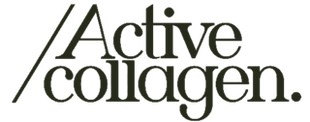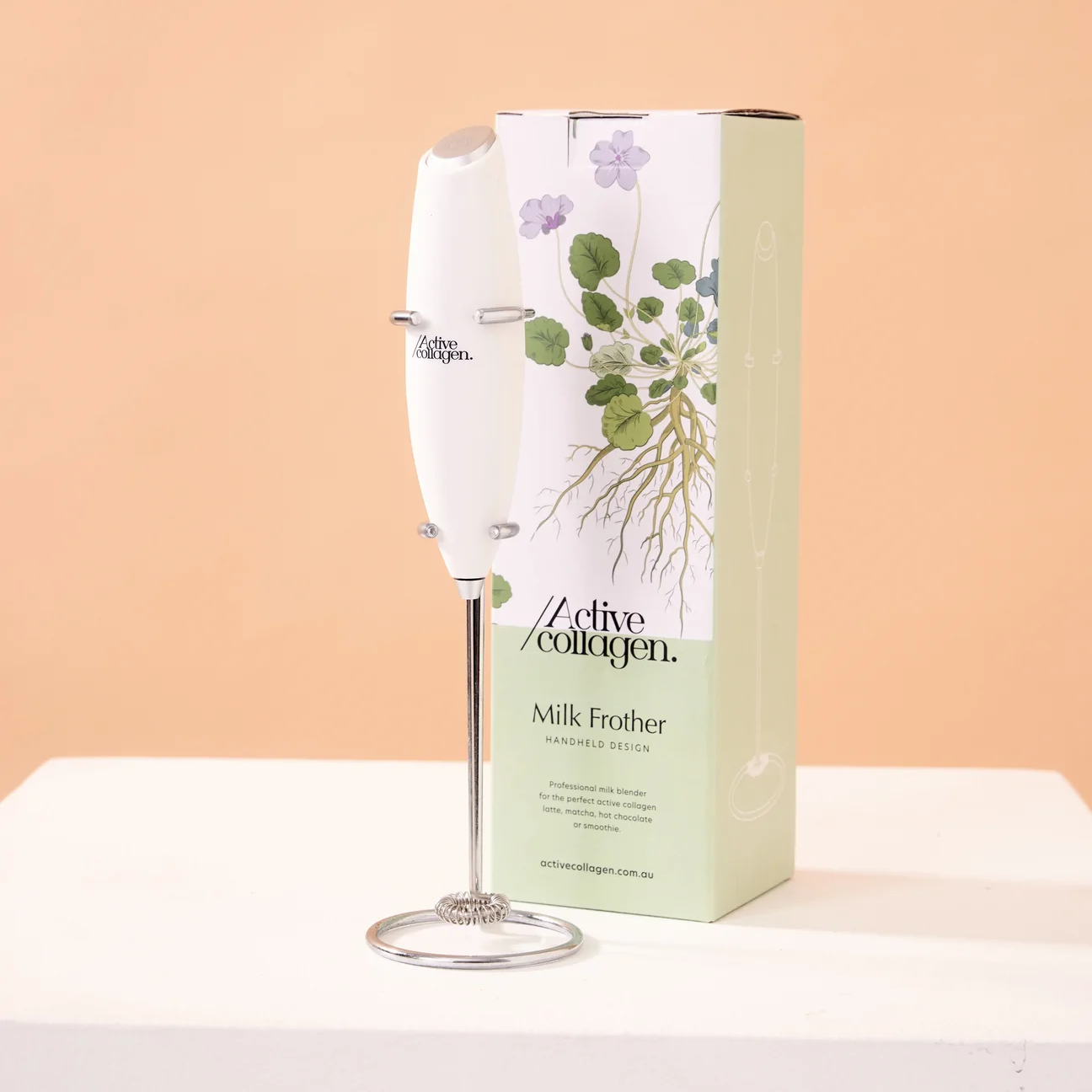Postpartum hair loss – clinically known as postpartum telogen effluvium – is experienced by many new mothers following pregnancy. It can cause substantial psychological and social distress for women due to healthy hair having an association with beauty and youth.
Generally, postpartum hair loss corrects itself over time with the right care, nutrition and lifestyle factors post pregnancy. However, in a small number of women hair loss may become an ongoing issue and getting to the root cause is necessary for healthy hair growth.
Of course, pregnancy demands a lot from a woman’s body. For an average of 40 weeks, energy and nutrients are being used in favour of a growing baby. So, it’s no wonder the body puts hair health on the back burner for a while! Understanding what your body is going to need postpartum to get those luscious locks flowing again is paramount and is safe to say that nutrition can have a major impact.
What is Hair?
Hair is essentially a strong protein. It is made up of numerous small protein molecules known as amino acids that link together in a chain to form one large protein called keratin. The production of keratin protein takes place within our skin in cells known as keratinocytes. These amino acids are the essential foundations for hair building and play a part in hair shape, elasticity, strength and volume.
Cysteine is one amino acid that is present in high amounts, accounting for around 10-17% of keratin. Cysteine is a sulphur containing amino acid that can be produced by the body, although its synthesis is quite dependable on another amino acid – methionine. Methionine is an essential amino acid meaning the body doesn’t produce it and must be consumed through diet. Rates of hair growth, thickness and levels of keratin production all come down to cysteine.
L-lysine, another essential amino acid, is found abundantly in the hair root and holds a lot of responsibility for keeping the hair strongly in our skin. Signs of insufficient lysine include thin, lifeless hair that easily breaks due to its impact on hair volume and shape.
So, why do women experience hair loss postpartum?
Postpartum Hair Loss
Like many processes in the body, hair growth is cyclical. There are three stages of the hair cycle: anagen, catagen and telogen. The anagen phase is a stage of hair growth, the catagen phase being dormant hair growth and telogen phase sees some hair loss until the cycle begins again. Although not all hair is in the same phase at the same time, so that we don’t lose all our hair at once!
During pregnancy as hormones change and increase, hair remains within the anagen phase for longer. Post childbirth, however, hormone levels begin decreasing and this is where postpartum hair loss is seen due to hair entering the telogen phase. 3-6 months postpartum hair begins to shed and thin, and hair loss can be most notable along the front of the hair line.
Usually, only 10-15% of hairs are in the telogen phase at once though during postpartum has an average of 30%. Hair loss is commonly experienced for 6-24 weeks following childbirth and it is rare that this continues for longer.
If you are pregnant, or wanting one day to become pregnant, don’t panic! Hair loss is commonplace postpartum and there are some killer nutritional ways you can support and better prevent the loss of your hair.
Nutritional Hair Support
As hair is mostly made up of protein, it is no wonder this macronutrient goes a long way when prioritising healthy hair. Protein is generally recommended to make up 10-15% of your daily energy requirements however this value is increased for pregnant and lactating women. In Australia, the recommendation is around an additional 15-20g/day of protein depending on pregnancy trimester and postpartum needs.
However, not all protein sources are the same. Amino acids are either non-essential or essential – we can only receive them through diet. An easy but effective way to ensure you’re eating enough protein, without getting caught up in the numbers, is to include protein at every meal or snack. The obvious sources being meats, poultry, dairy, fish and eggs although there are countless sources of plant-based varieties including nuts, seeds, legumes (including tofu) and grains like brown rice, buckwheat and quinoa.
One protein source we cannot forget about is, naturally, collagen. Collagen is an abundant protein that is rich in essential amino acids, which we know are the building blocks of keratin. By incorporating collagen into your everyday, collagen can help boost your levels of amino acids that are going to be needed in abundance for the regeneration of hair. According to research, collagen is a safe supplement to take throughout pregnancy with no known contraindications. Although the quality of the collagen should be taken into consideration, as with anything during pregnancy!
At Active Collagen, our All-In-One Hair Skin & Nails contains a bioactive collagen formula of 18 different amino acids that can aid in the production healthy hair when combined with a protein balanced diet. And backed by science, you’ll know you’re getting a quality collagen that will benefit you at all stages.
Talking to a health professional before any kind of supplementation is recommended.
Thom E. (2017). Pregnancy and the hair growth cycle: anagen induction against hair growth disruption using Nourkrin® with Marilex® , a proteoglycan replacement therapy. Journal of cosmetic dermatology, 16(3), 421–427. https://doi.org/10.1111/jocd.12286
Goluch-Koniuszy Z. S. (2016). Nutrition of women with hair loss problem during the period of menopause. Przeglad menopauzalny = Menopause review, 15(1), 56–61. https://doi.org/10.5114/pm.2016.58776
Trüeb R. M. (2021). "Let Food be Thy Medicine": Value of Nutritional Treatment for Hair Loss. International journal of trichology, 13(6), 1–3. https://doi.org/10.4103/ijt.ijt_124_20
National Health and Medical Research Council. (2006). Protein. Nutrient Reference Values. https://www.eatforhealth.gov.au/nutrient-reference-values/nutrients/protein
Gizlenti, S., & Ekmekci, T. R. (2014). The changes in the hair cycle during gestation and the post-partum period. Journal of the European Academy of Dermatology and Venereology : JEADV, 28(7), 878–881. https://doi.org/10.1111/jdv.12188
Piérard-Franchimont, C., & Piérard, G. E. (2013). Alterations in hair follicle dynamics in women. BioMed research international, 2013, 957432. https://doi.org/10.1155/2013/957432
Choi, F. D., Sung, C. T., Juhasz, M. L., & Mesinkovsk, N. A. (2019). Oral Collagen Supplementation: A Systematic Review of Dermatological Applications. Journal of drugs in dermatology : JDD, 18(1), 9–16. https://pubmed.ncbi.nlm.nih.gov/30681787/




